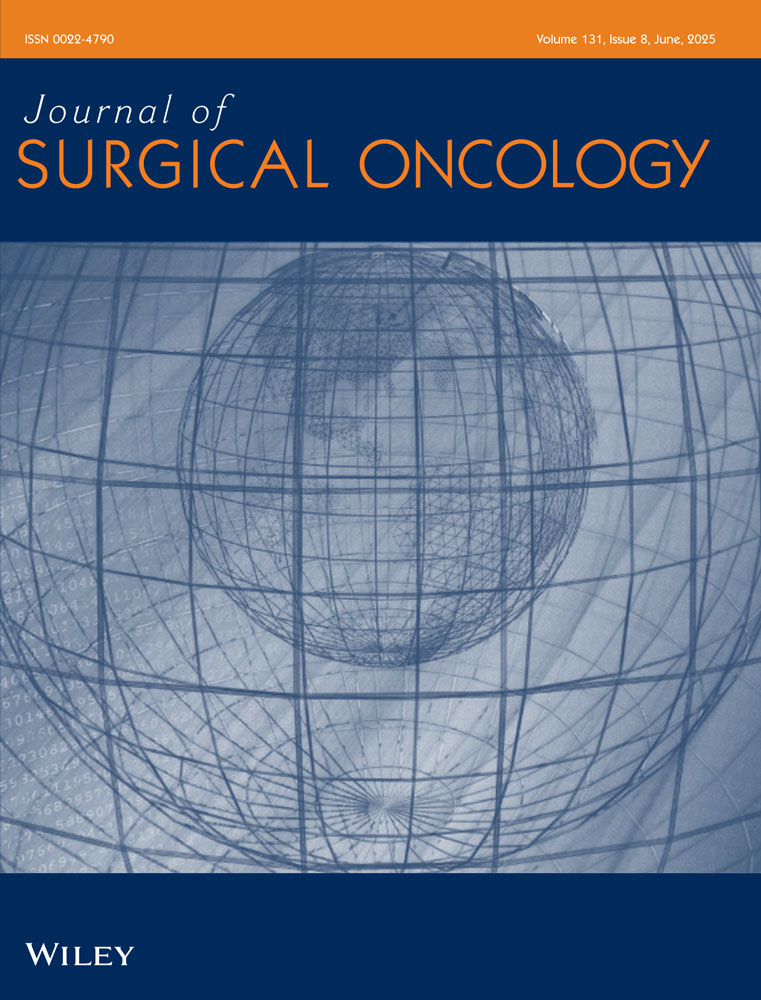Adjuvant six cycles of high-dose adriamycin, cyclophosphamide, methotrexate, 5-fluorouracil (ACMF) vs. 12 cycles of low-dose acmf with tamoxifen for premenopausal, node-positive breast cancer patients: Results of a prospective randomized study
Abstract
A prospective randomized study was conducted to compare the adjuvant efficacy of six cycles of high-dose ACMF (Adriamycin, ADM; cyclophosphamide, CPA; methotrexate, MTX; 5-fluorouracil, 5-FU) with that of 12 cycles of low-dose ACMF in premenopausal, node-positive breast cancer patients. The six-cycle ACMF group (93 patients) received, intravenously (iv), 130 mg/m2 CPA, 26 mg/m2 MTX, and 600 mg/m2 5-FU on days 1 and 8, and 26 mg/m2 ADM on day 1 of each cycle. The 12-cycle ACMF group (97 patients) received, iv, 65 mg/m2 CPA, 13 mg/m2 MTX, and 300 mg/m2 5-FU on days 1 and 8, and 13 mg/m2 ADM on day 1 of each cycle. These treatments were repeated every 4 weeks, and all the patients took tamoxifen (30 mg/day) for 2 years. The background factors of the two groups were comparable. There were non-significant trends toward better disease-free and overall survival rates in the high-dose, six-cycle ACMF group. Both treatments were well tolerated, but more patients in the low-dose, 12-cycle group refused to continue to receive chemotherapy. These data suggest that escalating doses of ACMF over a shorter period, even with doses within the conventional range, are superior to low-dose, prolonged therapy. © 1995 Wiley-Liss, Inc.




